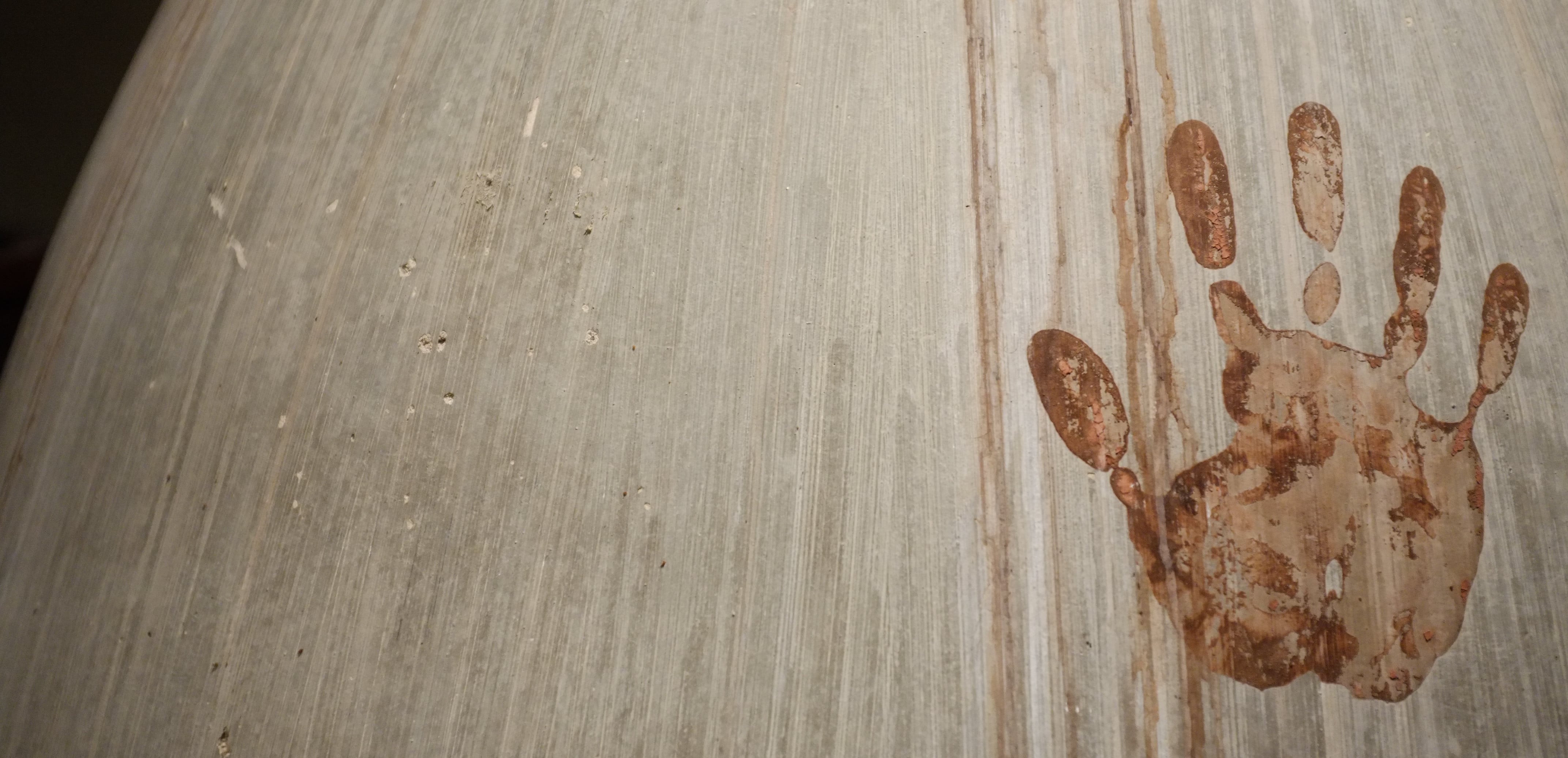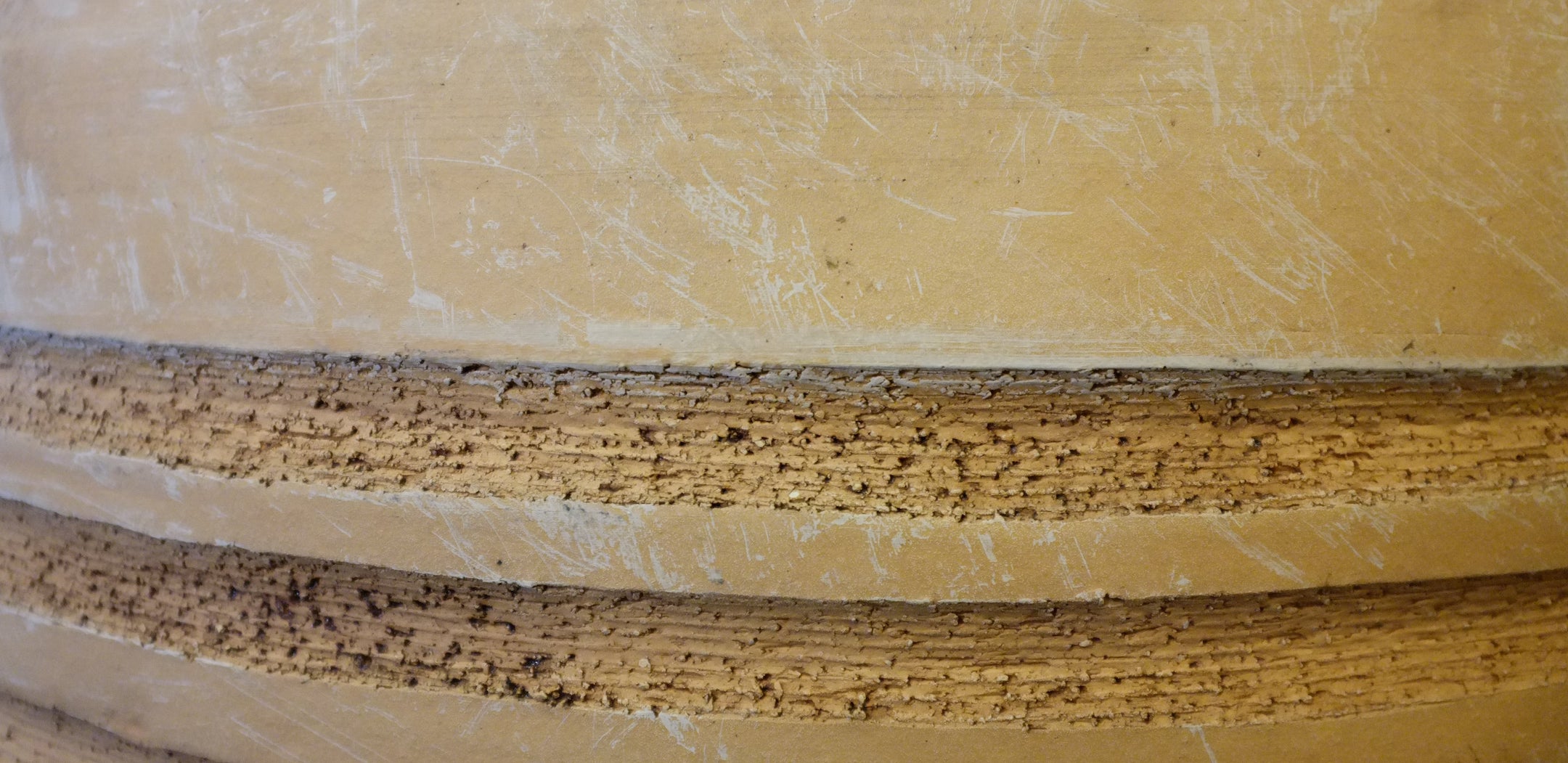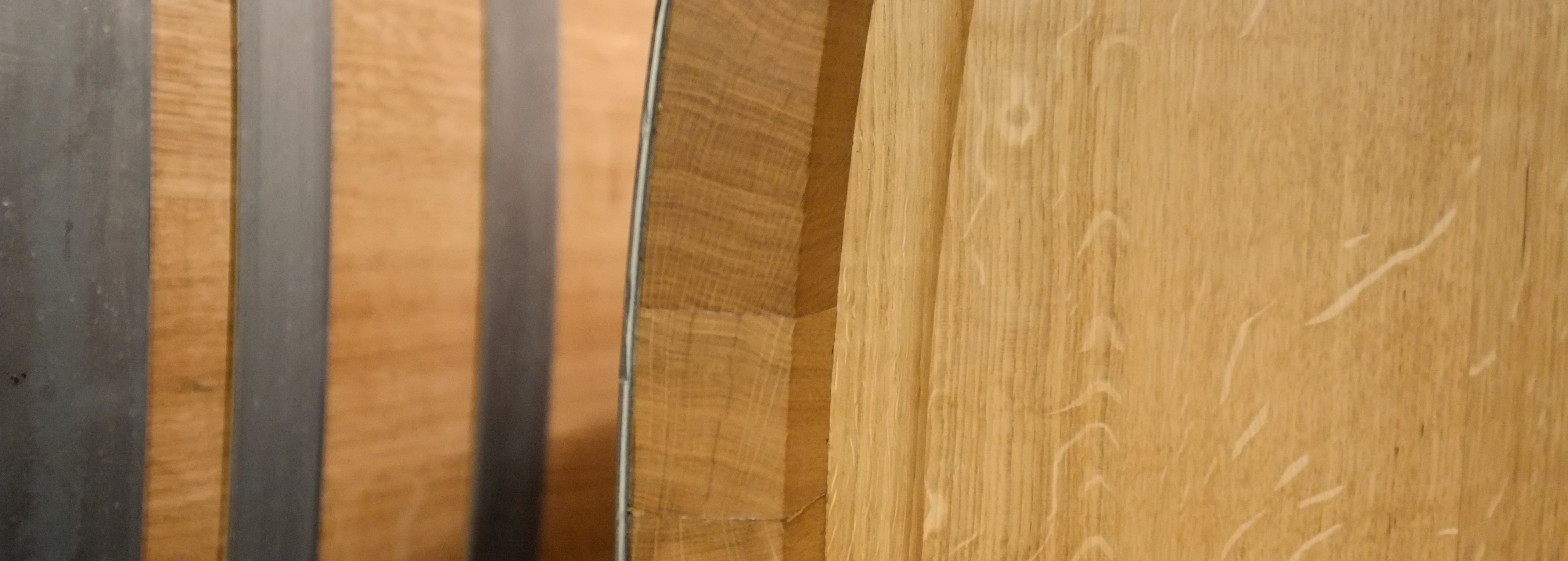Wood, Concrete, Clay, Steel
Written by Franz Weninger on the 28th of June 2019
In our winery, concrete has always been tradition. After World War II, wines in Burgenland were usually fermented in concrete. The local village mason would construct the walls and plaster them with concrete, thereby creating a simple but effective fermenter. Thanks to the storage capacity of concrete, it was possible to ferment also slightly larger volumes in them without encountering any problems. We had three concrete vats, where the juice would be punched down and pressed after a few days. The final storage and ageing would take place in a large wooden barrel.
After my father travelled around Burgundy, he had the idea of fermenting his wines in wooden fermenters. This is the method we’ve been employing since 1996.
After my visit to Georgia in 2006, I started working increasingly with clay and concrete. With the help of a local potter, I made the first Burgenland amphorae. The same year, I also began using concrete eggs and concrete fermenters. So, after 10 years, we reincorporated concrete to join our wooden fermenters as part of our fermentation process.

Ageing
Together with wood, I use concrete, clay and stoneware – not only for fermentation but also during the ageing process. I noticed that especially the wines from porous rocky soils are very well suited to an ageing period in clay or concrete. These wines display a more compact structure and gain more backbone. Here, a sentimental explanation is also the easiest: when you wash the inside of these containers, you notice that wood feels warm, steel cold and concrete secure. This is also what the wine experiences and the feelings that it conveys in its flavours.
Apart from the influence on the wine’s ageing, due to the reduced exposure to oxygen the yeast becomes reductive quicker than in wooden barrels. It is important to take that into consideration and to be careful, especially with wines grown from loam and clay soils with their higher reductive potential.
Wooden Barrels

Much like the concrete egg, the classic wooden barrel with its rounded shape enables the wine to move, according to the season and temperature fluctuations in the cellar. This movement helps with the clarification, fermentation and other processes which the wine undergoes. In addition, a well-maintained barrel will last a very long time (up to 100 years) and is therefore a long-term investment for us and the next generation.
Large barrels, with their sturdy staves, will continue to play first fiddle in our winery.
We have never tried to put emphasis on the containers or the winemaking process of our wines. This is why neither the containers we used to age the wine nor the winemaking process are mentioned on the label.
“Good wine tells you its provenance and its story. And when this story gives you goose bumps, then it’s very good wine.”
Read more on this topic in the wonderful article by Nina Wessely at Standard.
Or here a google translated english pdf.